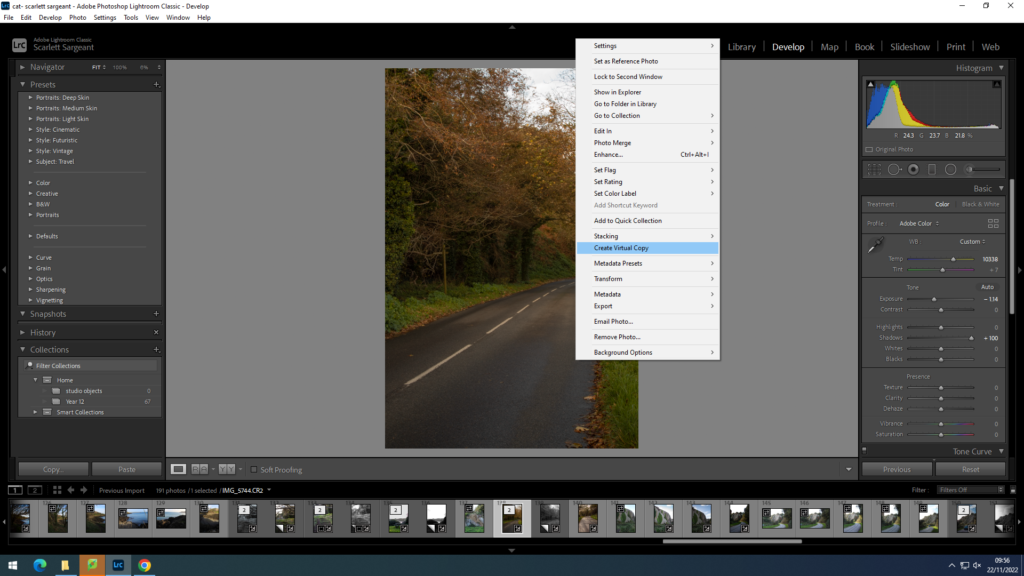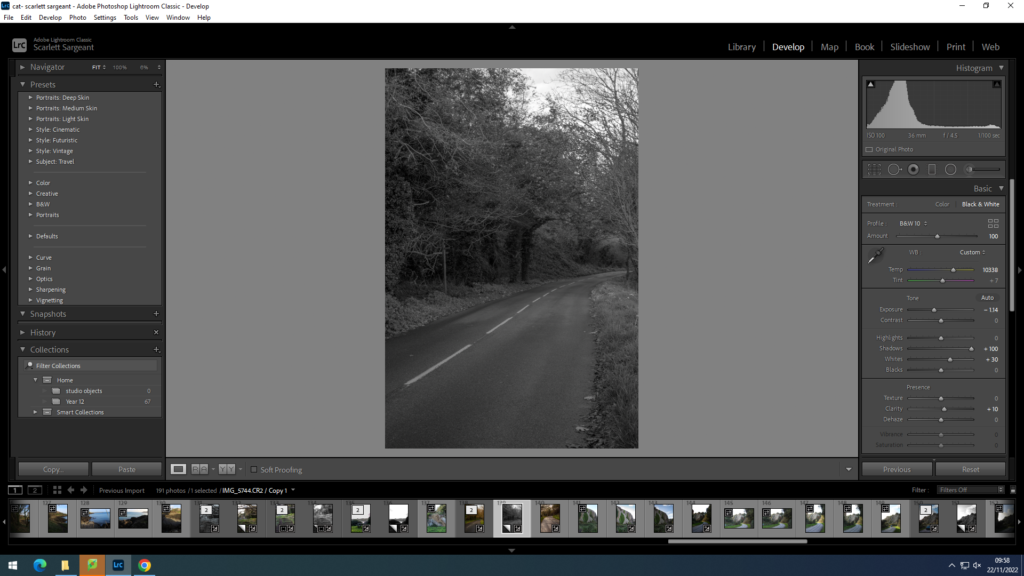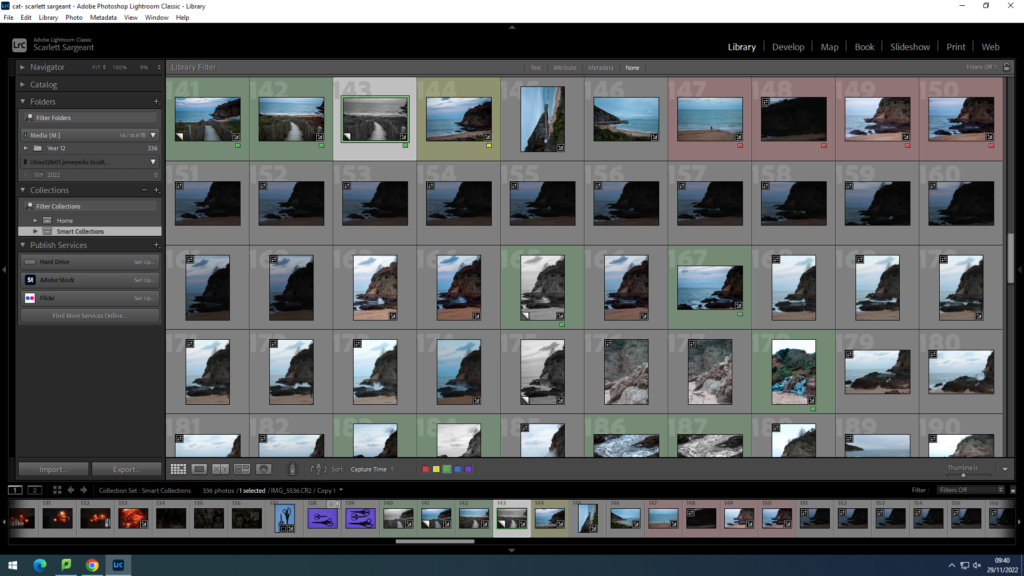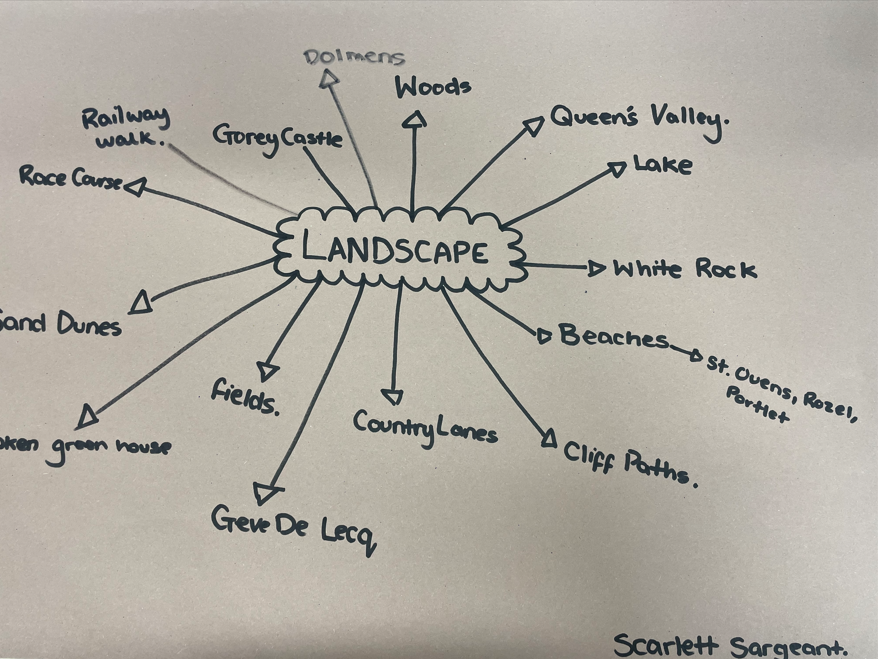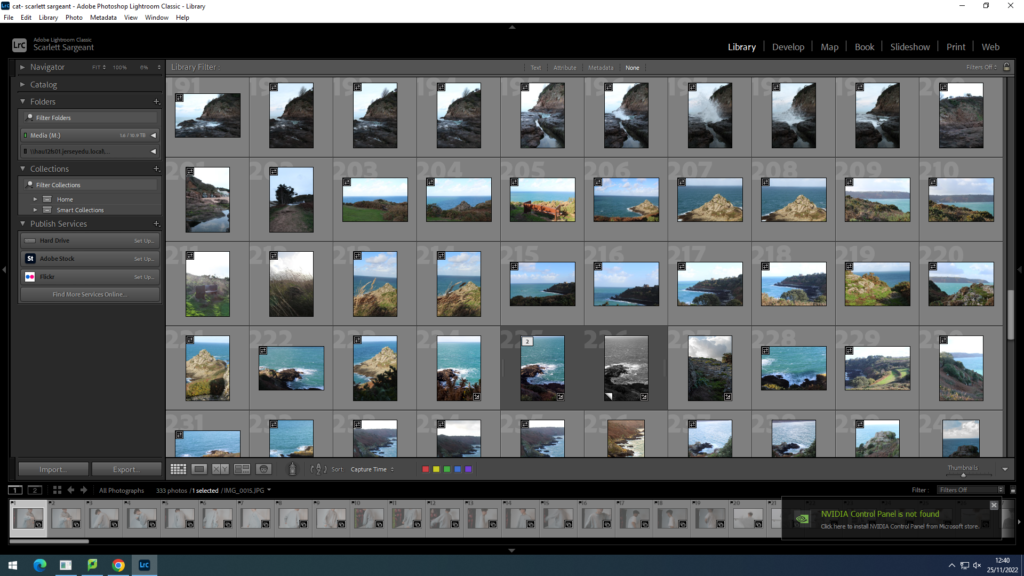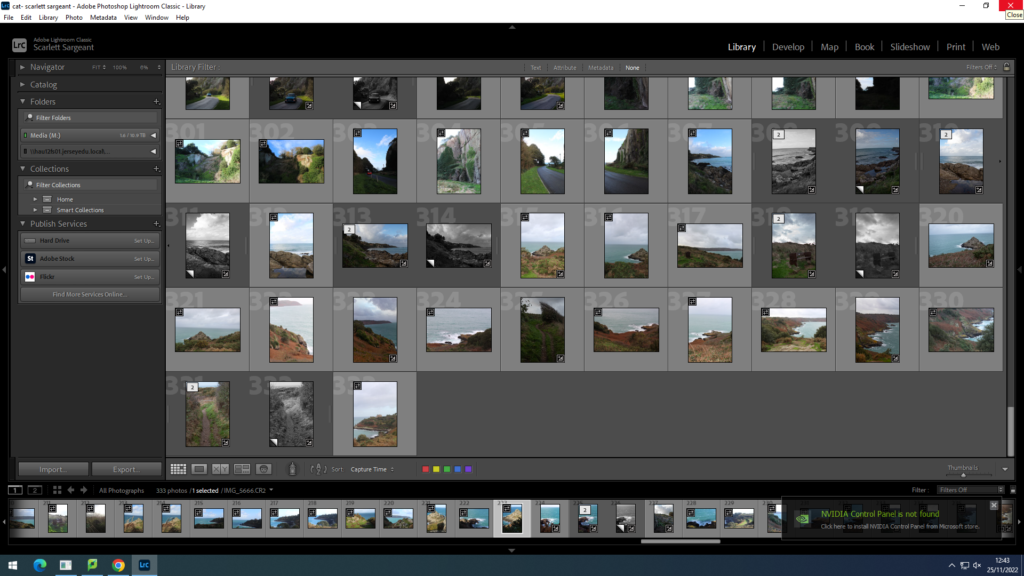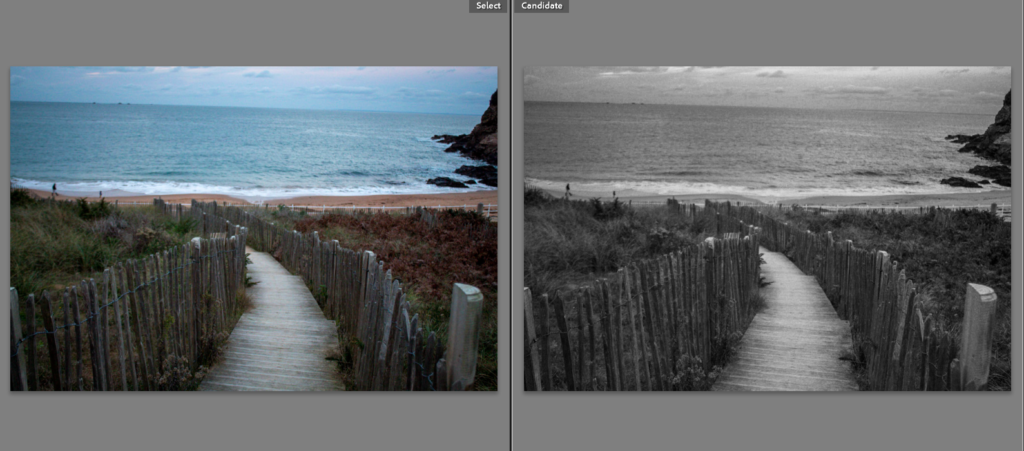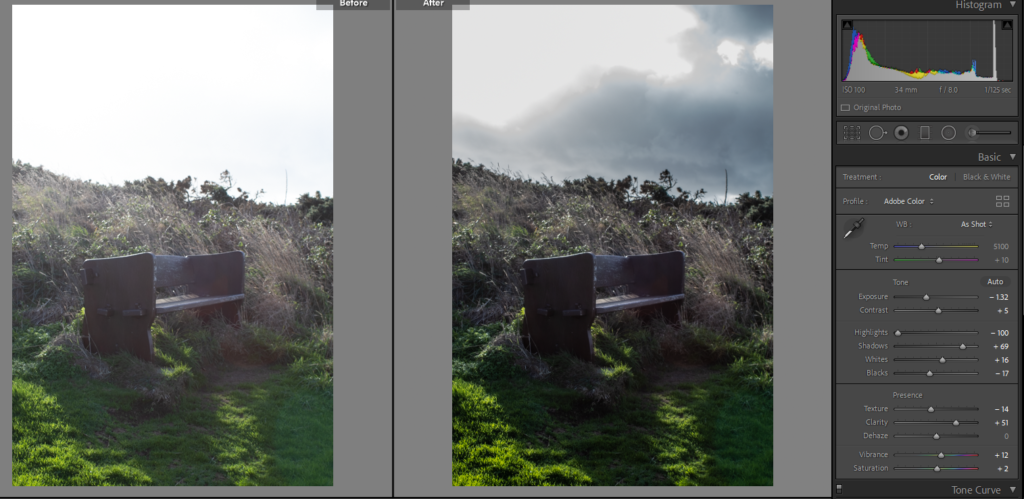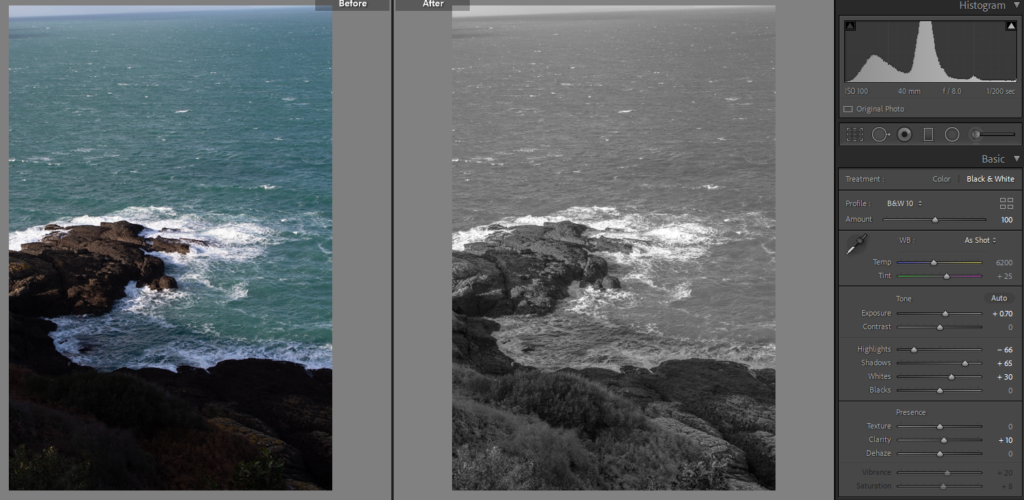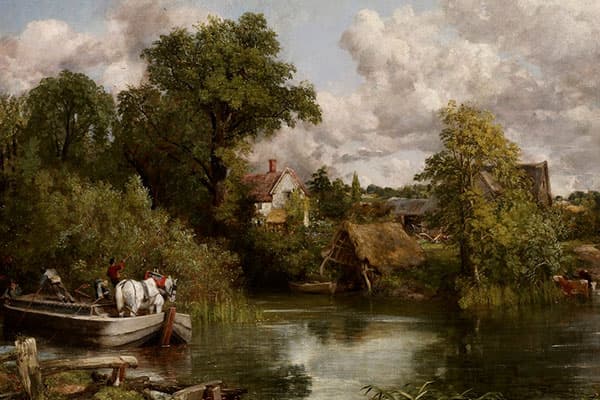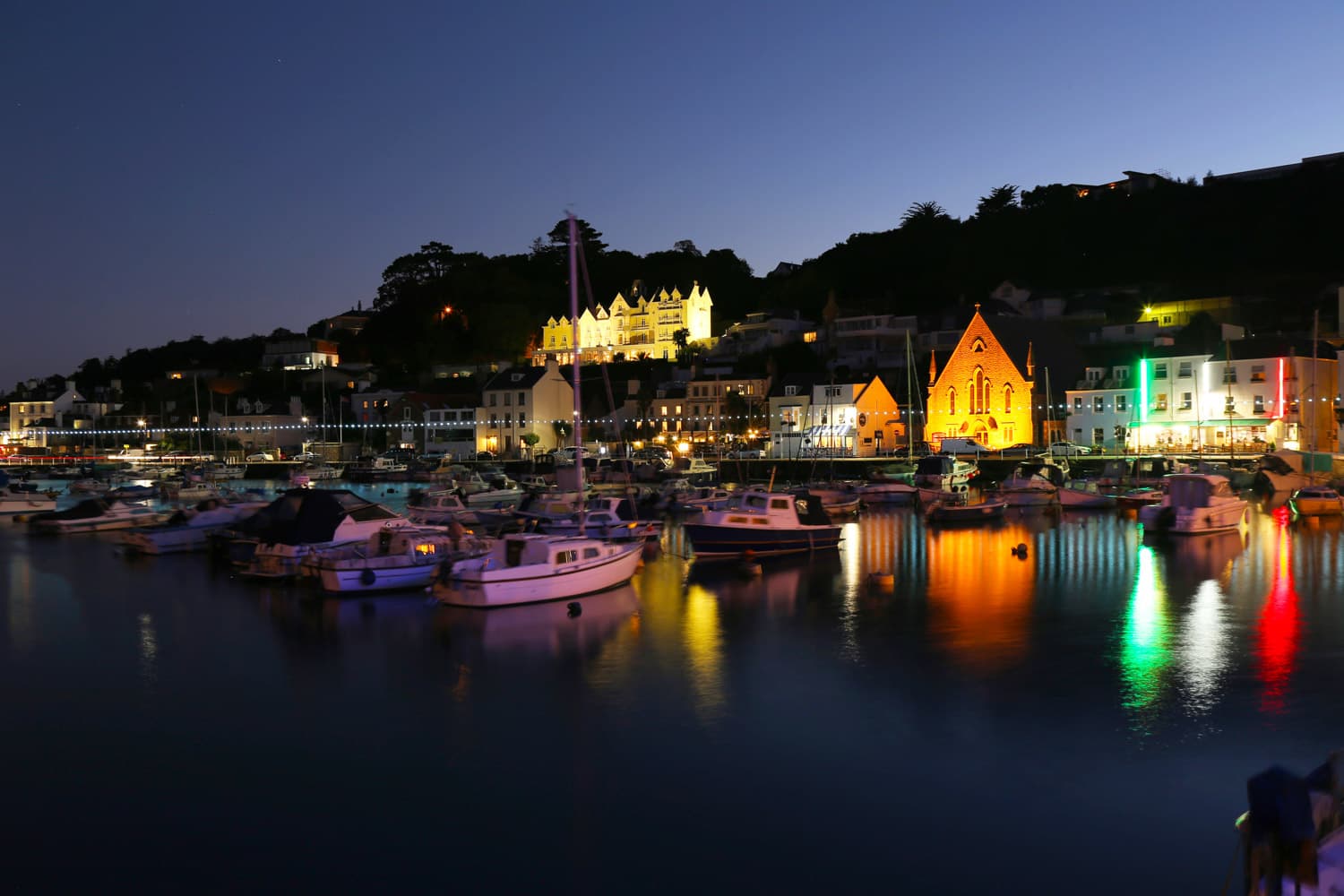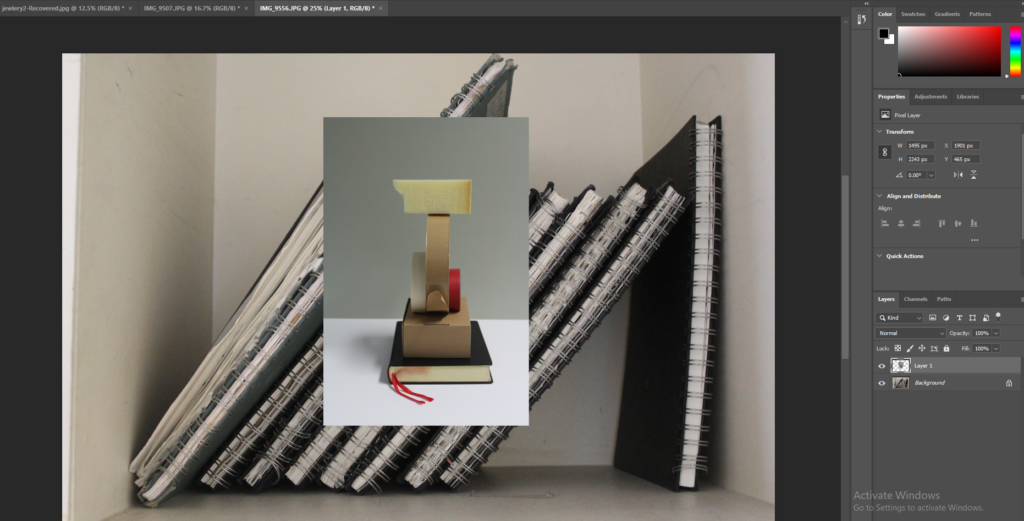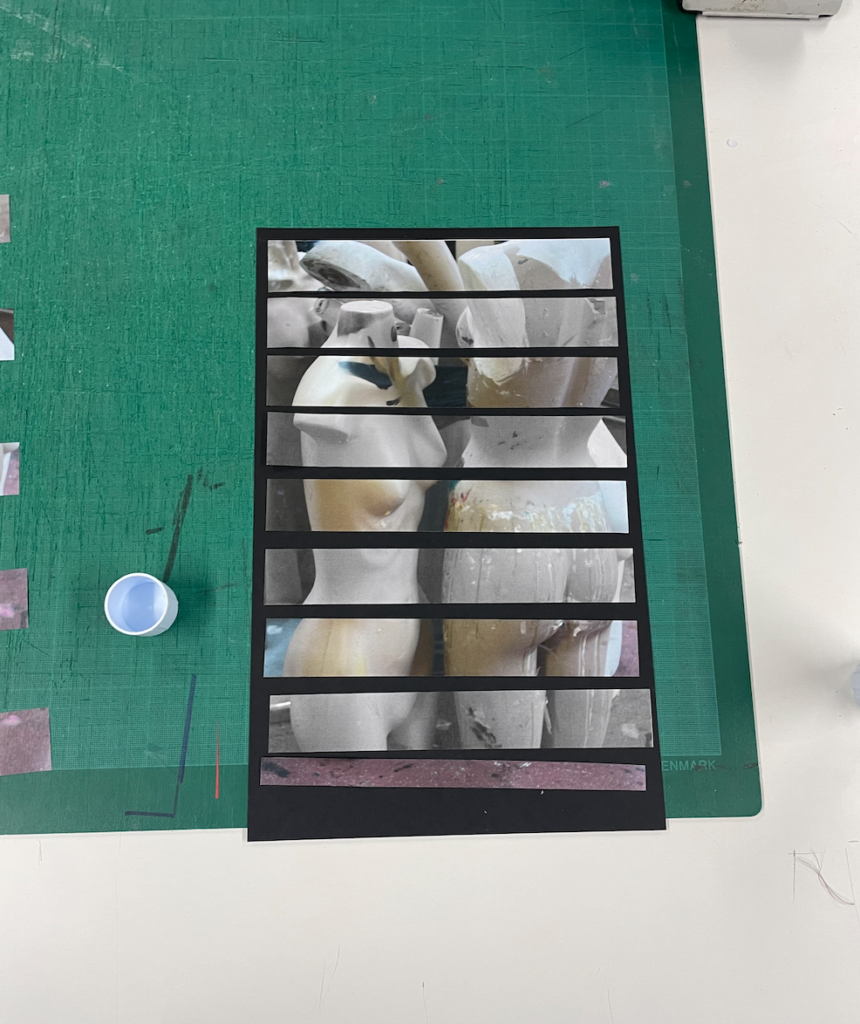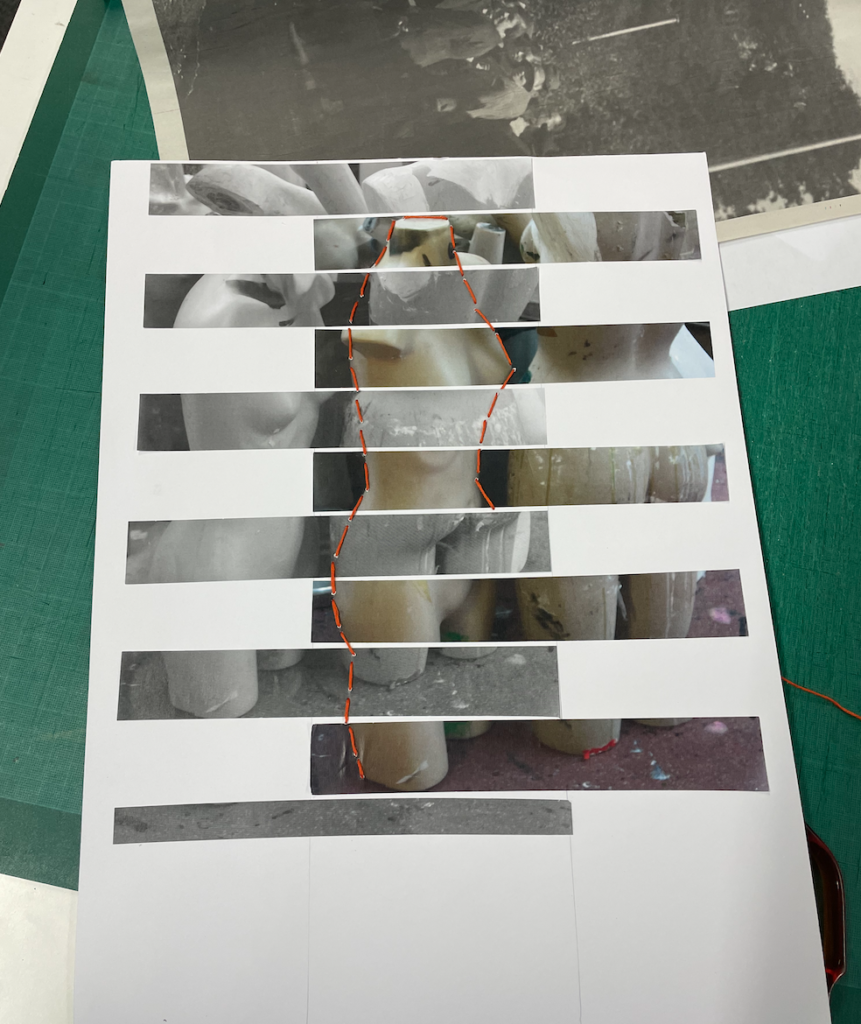The New Topographics
New topographics was a term coined by William Jenkins in 1975 to describe a group of American photographers (such as Robert Adams and Lewis Baltz) whose pictures had a similar banal aesthetic.

Many of these photographers gained inspiration from parking lots, suburban housing and warehouses. In 1975, the end of the Vietnam war, America had a huge economic inflation problem leading to soldiers returning home to America and there was not anywhere for them to live, resulting in suburban housing being built. Photographers like Robert Adams, Lewis Baltz, Nicholas Nixon and Bernd and Hiller Becher, took inspiration from the man-made houses in front of the rural mountains.
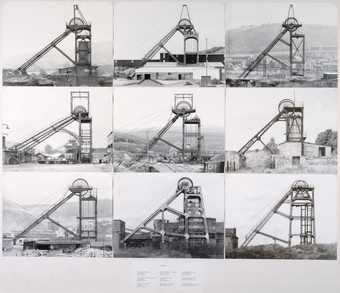
An exhibition at the International Museum of Photography in Rochester, New York featuring these photographers also revealed the growing unease about how the natural landscape was being eroded by industrial development. Later on the exhibition became a movement, to show the damage and the negative impacts the human species was creating on the world. The new topographics were to have a decisive influence on later photographers.

In the photo above, I separated the image into three. in the bottom third you can see the urban, modified land with tons of houses. and in the middle third you can see some of the original untouched landscape which shows how these houses were not always there. Furthermore, in the top third, shows some moody clouds which set the tone and emotion behind the photo.



